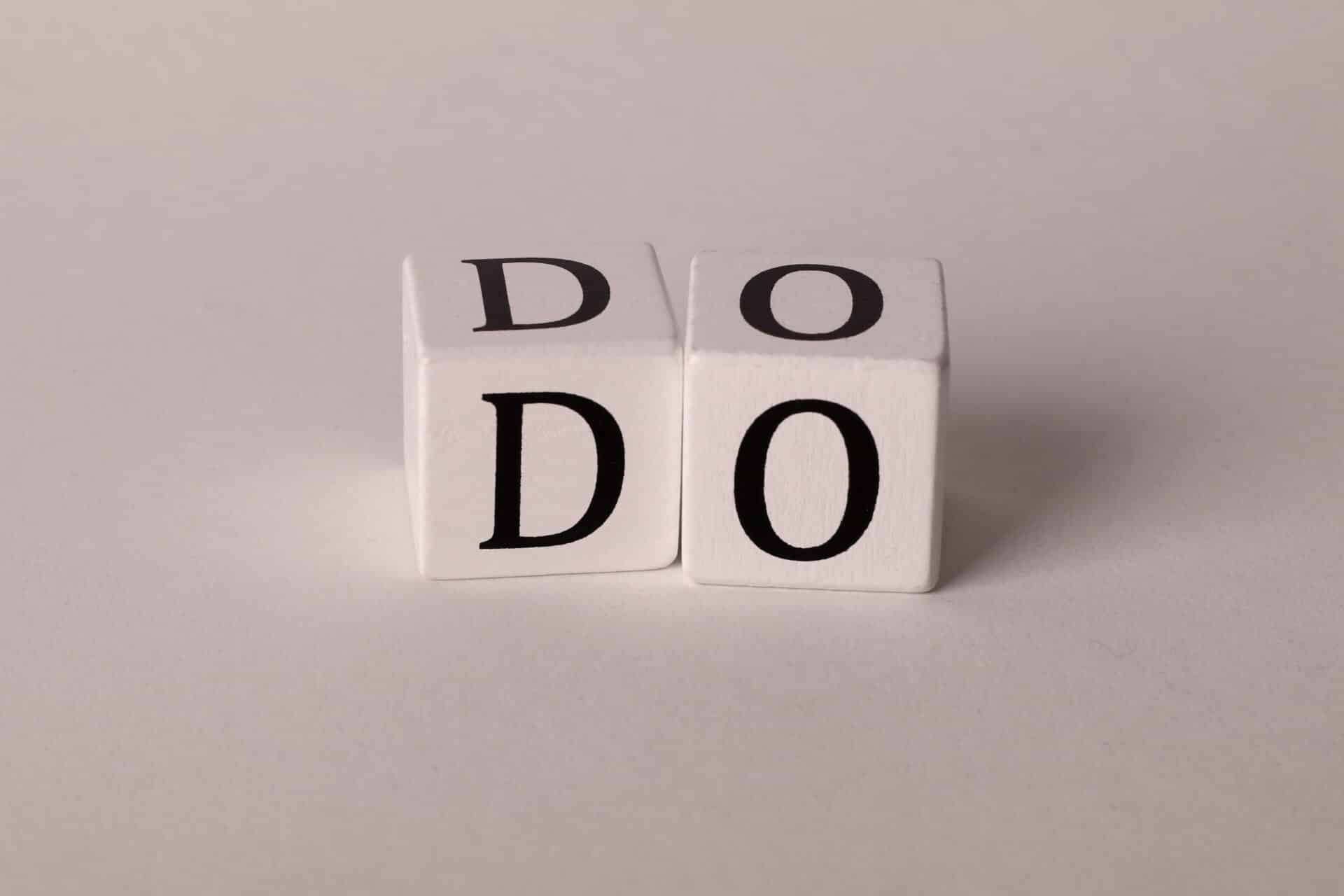Distillation is a process used to separate a mixture of liquids into its individual components. It is often used to purify liquids or to separate a volatile liquid from an insoluble solid. The process involves heating the mixture until it boils, collecting the resulting vapor, and then condensing it back into a liquid. Distillation can be used to produce a variety of products, including essential oils, alcohols, and purified water. In this guide, we will discuss the basics of distillation and how to do it safely and successfully.Distillation is a process of separating the components or substances from a liquid mixture by using selective boiling and condensation. It is a method of purification and separation of mixtures based on differences in volatilities of components in a boiling liquid mixture. Distillation is used to purify water and separate ethanol from water.
Distillation
Distillation is a process of separating components of a liquid mixture based on the different boiling points of the components. This technique has been used in various industries for thousands of years and there are many different types of distillation processes. Each type has its own advantages and disadvantages. Here we will discuss some of the most common types of distillation processes.
Simple Distillation
Simple distillation is one of the oldest and most widely used forms of distillation. It involves heating a mixture to its boiling point, collecting the vapor produced, and then condensing it back into liquid form. The components with higher boiling points will remain in the original liquid mixture, while those with lower boiling points will evaporate as vapor and can be collected separately. Simple distillation is often used to separate water from ethanol or other volatile liquids.
Fractional Distillation
Fractional distillation is a more complex technique that is used to separate two or more liquids that have very similar boiling points. In this process, the liquid mixture is heated until all components
Step 1: Prepare the Mixture
The first step in the distillation process is to prepare the mixture. This involves combining all of the components that will be distilled together in a distilling flask. The components are typically heated to a specific temperature before they are combined, which helps ensure that the mixture is homogenous and that all of the components will be properly separated during distillation. Once combined, the mixture is then allowed to cool slightly before it is ready for distillation.
Step 2: Heat and Condense the Mixture
The next step in the distillation process is to heat and condense the mixture. This is done by heating the mixture until it begins to vaporize, while also collecting its vapors with a condenser. As this occurs, different components of the mixture will have different boiling points, allowing them to be separated as their vapors are collected and condensed back into liquid form.
Step 3: Collect and Separate Components
Once all of the vapors have been collected and condensed back into liquid form, they must then be
Preparing the Apparatus for Distillation
Distillation is a process used to separate or purify liquids, and it requires an apparatus. The apparatus must be prepared properly for the distillation process to be successful. To prepare the distillation apparatus, one must first assemble all the necessary components: a flask, a condenser, a thermometer, and a receiver. It is important that each component is clean and free of any contaminants before use.
Once all the components are assembled, they must be securely fastened together with clamps or other secure fittings. This will ensure that everything stays in place during the distillation process. After all components have been secured, the next step is to fill the flask with the liquid that needs to be distilled. The liquid should be added slowly to avoid any spills or splashes.
The final step in preparing the distillation apparatus is to ensure that it is airtight. If there are any leaks in the system, then the pressure inside the apparatus will not remain constant and this can affect the results of the distillation process. Once everything has been checked and double-checked for leaks, then
Setting Up the Apparatus for Distillation
The process of distillation requires setting up an apparatus that is capable of separating components of a mixture based on their differing physical properties. The common apparatus used for distillation consists of a heating source, condenser, receiving flask and a still pot. The heating source can be either an electric hot plate or an open flame. The condenser is connected to the still pot and helps to cool the vaporized liquid and condenses it back into a liquid form which is then collected in the receiving flask. Once all the components are assembled, they should be clamped together securely to form an airtight seal.
The first step in setting up the apparatus for distillation is to fill the still pot with the mixture that needs to be separated. It should not be filled too much as this can lead to overflowing during distillation. The next step is to connect the condenser coil and attach it securely onto the still pot with clamps. This is followed by connecting the receiving flask at one end of the coil and ensuring that the other end of coil is attached securely onto a cold water source such as a cold tap or ice bath

Heating the Mixture to Carry Out the Distillation
Heating the mixture of substances is a critical step in carrying out a distillation process. The temperature at which the mixture is heated needs to be carefully monitored in order to ensure that the desired compounds are vaporized and separated from one another. The temperature of the mixture should be increased gradually so that all of the components are vaporized, but not so high that they decompose or break down. Depending on the type of distillation process being performed, temperatures can range from 60-220 degrees Celsius.
It is important to note that each compound has its own boiling point, so when heating a mixture it is important to determine which compound has the lowest boiling point and adjust the temperature accordingly. This will ensure that all of the desired compounds are vaporized and separated from one another without decomposing or degrading. Once all of the components have been vaporized, they can then be collected and analyzed for further study.
In addition to adjusting the temperature, controlling other variables such as pressure and composition of the mixture can also help optimize a distillation process. For example, increasing pressure can lower boiling
Collecting and Separating the Products of the Distillation Process
Distillation is a process used to separate and purify liquids from other substances. This process has been used for centuries to separate alcohol from water, but its applications have grown to include a wide range of industries. The distillation process involves boiling a mixture of substances and collecting the vapor, which then condenses into liquid form. The different components in the mixture are separated based on their boiling points—the lower boiling point components boil first, forming a vapor that is collected and condensed into liquid form. The higher boiling point components remain in the mixture until they reach their boiling point, at which point they can be collected as well.
Once the different components have been separated, they can be further purified using various techniques such as fractional distillation or solvent extraction. Fractional distillation is a method where a heated mixture is repeatedly passed through a column that separates out different fractions based on their boiling points. Solvent extraction involves the use of solvents to separate out different components in a solution based on their solubility in those solvents.
The products of distillation can then be collected and
Assuring Quality of Products from the Distillation Process
Distillation is a process that is used to separate a mixture of liquids into its components based on their boiling points. Quality assurance of products from the distillation process is critical, as it ensures that the product meets the requirements specified by the customer. To ensure quality of products from the distillation process, it is important to follow proper quality control procedures and use appropriate distillation equipment that meets industry standards.
The first step in ensuring quality of products from the distillation process is to ensure that all raw materials used are of high quality and meet safety standards. This includes monitoring the temperature, pressure, and other parameters during distillation to ensure that they are within acceptable limits. It is also important to monitor for contaminants in the raw materials and take steps to reduce their levels if necessary.
The next step in ensuring quality of products from the distillation process is to ensure that all equipment used in the process meets industry standards. This includes checking for proper calibration and maintenance of all instruments used during distillation, including thermometers, pressure gauges, and reflux condensers.

Conclusion
Distillation is a process that is used to purify or separate mixtures of liquids, like in the production of alcohol or in the desalination of water. It takes advantage of the different boiling points of different liquids in order to separate them. This process can be done with or without a vacuum, and can be done using either pot stills or column stills. Distillation is an important industrial process that has many uses in the modern world.
It is important to note that distillation should only be done by trained professionals, as it requires specific techniques and safety protocols to ensure the safety of those involved and the quality of the product being produced. Distillation also requires specialized equipment, so it may not be practical to attempt on one’s own.
In conclusion, distillation is a process used to purify or separate mixtures of liquids by taking advantage of their different boiling points. It can be done using either pot stills or column stills and requires specialized equipment and safety protocols for it to be successful. Therefore, it should only be attempted by trained professionals who understand how it works and what precautions need to be

